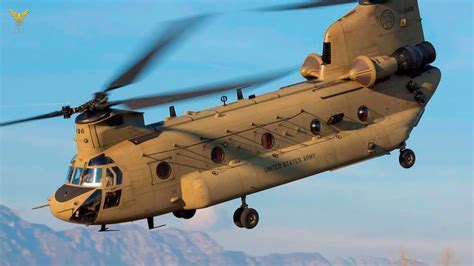Post War Middle East
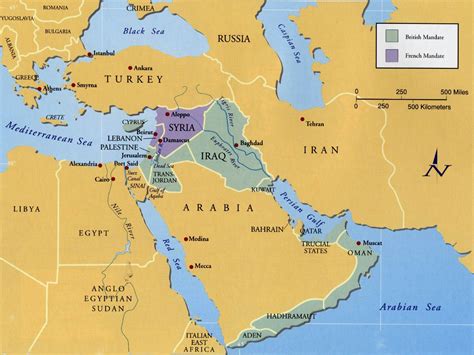
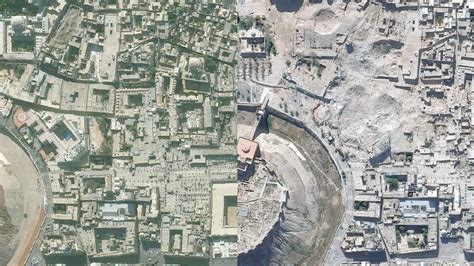
Introduction to the Post War Middle East
The Middle East, a region of significant cultural, economic, and political importance, has undergone substantial transformations since the end of World War II. The post-war period has been marked by numerous conflicts, geopolitical shifts, and the rise of new global powers. This era has seen the formation of new states, the discovery of vast oil reserves, and the escalating tensions between various nations and factions within the region. Understanding the complexities of the post-war Middle East is essential for grasping the current state of global politics and the challenges that lie ahead.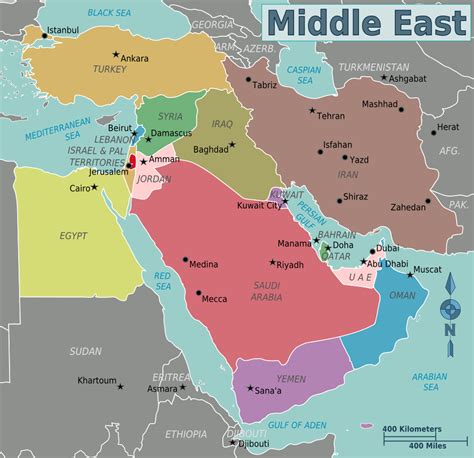
Historical Context: World War II and Its Aftermath
World War II played a pivotal role in reshaping the Middle East. The war weakened European colonial powers, creating an opportunity for the United States and the Soviet Union to expand their influence in the region. The discovery of oil in several Middle Eastern countries, particularly in Saudi Arabia and Iran, further intensified the interest of global powers in the area. The end of the war also led to the establishment of the State of Israel in 1948, a move that was met with resistance from the Arab world and has been a source of conflict ever since.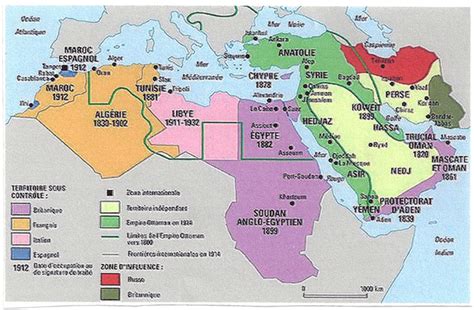
Key Players and Their Roles
Several key players have dominated the political landscape of the post-war Middle East, including: - The United States: Emerged as a significant influence in the region, supporting Israel and several Arab states to counter Soviet influence. - The Soviet Union: Sought to expand its communist ideology and secure access to the region’s oil resources, often backing Arab nationalist movements. - Israel: The establishment of Israel has been a central issue, with ongoing conflicts with neighboring Arab states and the Palestinian population. - Arab States: Countries such as Egypt, Syria, and Iraq have played crucial roles in regional politics, often navigating between alliances with global powers and asserting their independence.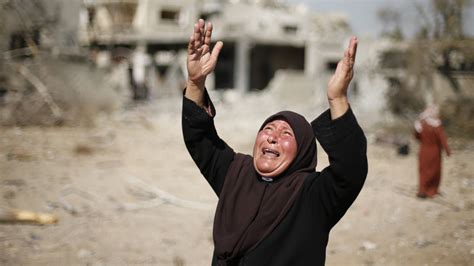
Major Conflicts and Their Impacts
The post-war Middle East has been plagued by numerous conflicts, each leaving its mark on the region: - The Arab-Israeli Wars: A series of conflicts starting from 1948, including the Suez Crisis in 1956, the Six-Day War in 1967, and the Yom Kippur War in 1973, have defined the Israeli-Arab relationship and the geopolitical map of the region. - The Iranian Revolution: The 1979 revolution in Iran, which overthrew the monarchy and established an Islamic Republic, has had profound implications for regional politics, particularly in terms of sectarian tensions between Sunni and Shia Muslims. - The Gulf Wars: The invasion of Kuwait by Iraq in 1990 and the subsequent Gulf War, as well as the 2003 invasion of Iraq by a U.S.-led coalition, have had lasting effects on the stability and security of the region.
Economic Developments and Challenges
The economy of the Middle East has been significantly influenced by its vast oil reserves. However, this reliance on oil has also presented challenges: - Economic Diversification: Many countries in the region are attempting to diversify their economies to reduce dependence on oil exports. - Infrastructure Development: Investments in infrastructure, such as ports, transportation networks, and telecommunications, are crucial for attracting foreign investment and promoting economic growth. - Water and Food Security: The arid nature of much of the Middle East makes water and food security significant challenges, with many countries relying on desalination and imports to meet their needs.📝 Note: The importance of addressing these economic challenges cannot be overstated, as they have direct implications for the political stability and social welfare of the region.
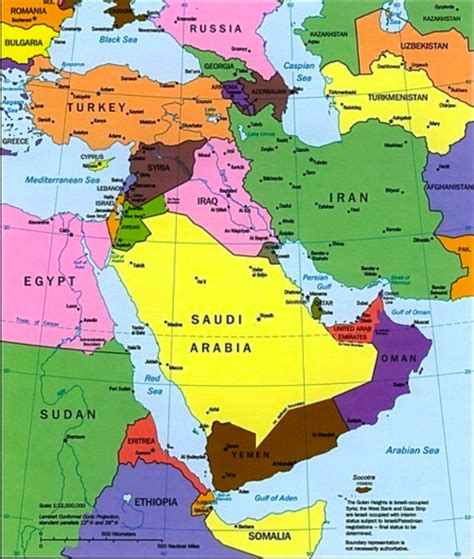
Social and Cultural Changes
The post-war Middle East has seen significant social and cultural changes: - Demographic Shifts: Rapid population growth and urbanization are altering the demographic landscape of the region. - Education and Women’s Rights: Advances in education and the push for women’s rights are slowly changing social norms and contributing to a more educated and participatory population. - Cultural Exchange: Despite conflicts, there is a growing exchange of ideas and cultures within the region and with the rest of the world, facilitated by technology and travel.
Looking Ahead
As the Middle East continues to evolve, it is crucial to understand the historical context, current challenges, and future opportunities of the region. The path forward will likely be shaped by how effectively its nations can navigate internal conflicts, external pressures, and the need for economic and social development.In summary, the post-war Middle East has been a complex tapestry of political, economic, and social changes. Understanding these dynamics is essential for addressing the challenges and seizing the opportunities that the region presents. As we move forward, fostering stability, promoting development, and encouraging peaceful resolution of conflicts will be key to a more prosperous and peaceful future for the Middle East and the world at large.
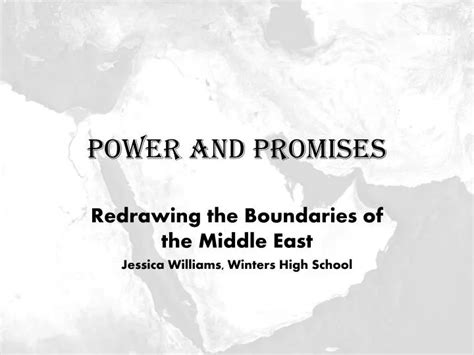
What are the primary challenges facing the Middle East today?
+The Middle East faces a myriad of challenges, including political instability, economic diversification, water and food security, and the ongoing Israeli-Palestinian conflict. Addressing these issues is crucial for the region’s stability and development.
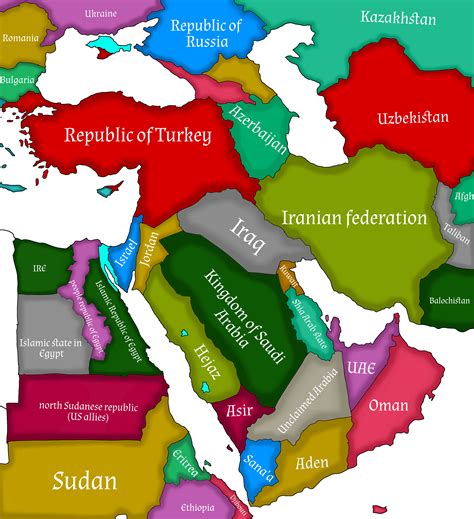
How has the discovery of oil influenced the Middle East?
+The discovery of oil has significantly impacted the Middle East, making it a focal point of global interest due to its economic importance. While oil wealth has brought prosperity to some nations, it has also created challenges, including a lack of economic diversification and environmental concerns.
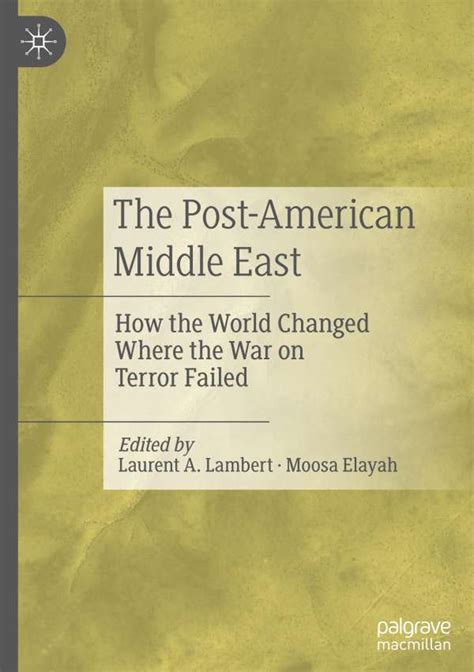
What role does the United States play in the Middle East?
+The United States has been a significant player in the Middle East, supporting Israel and engaging with Arab states to secure its interests, particularly in terms of energy security and counter-terrorism. However, its involvement has also been a source of controversy and conflict.



